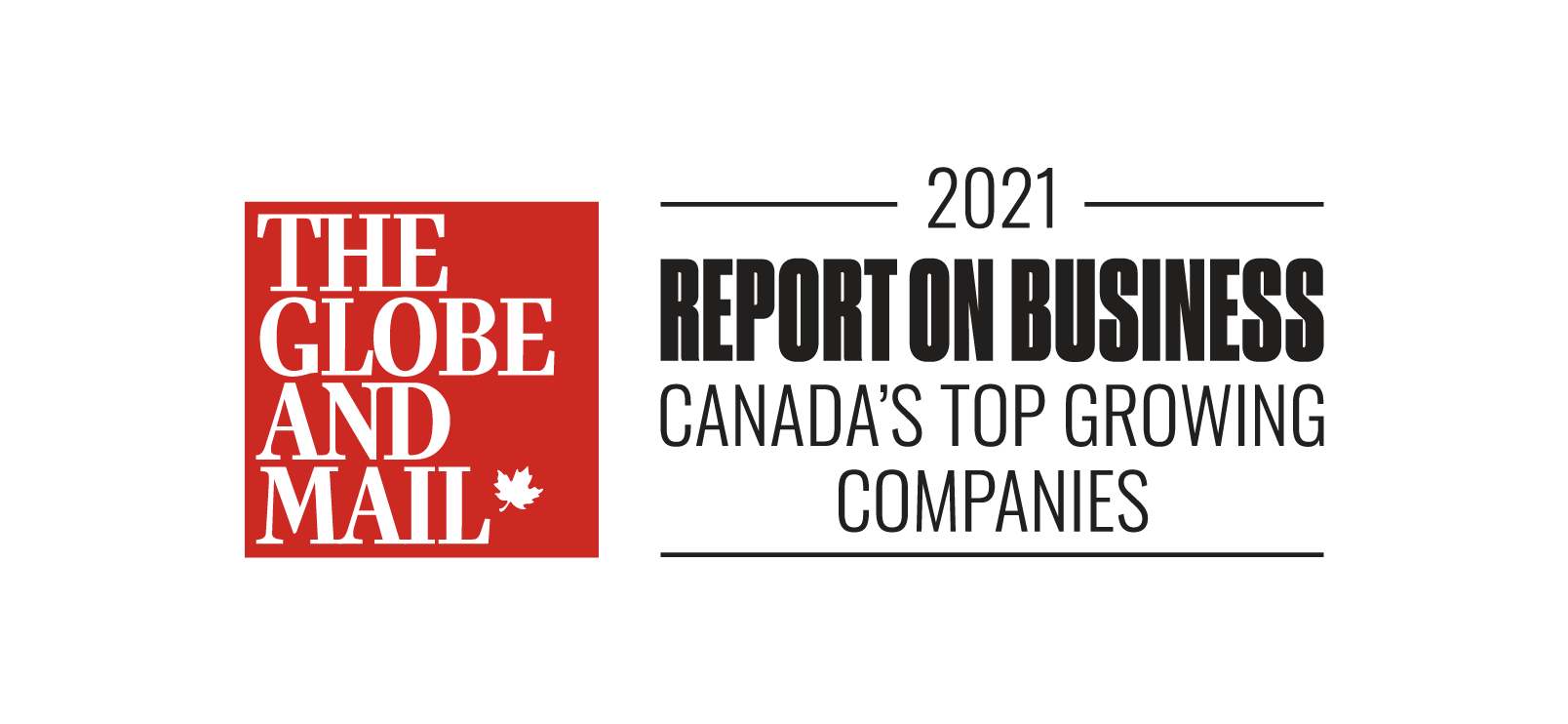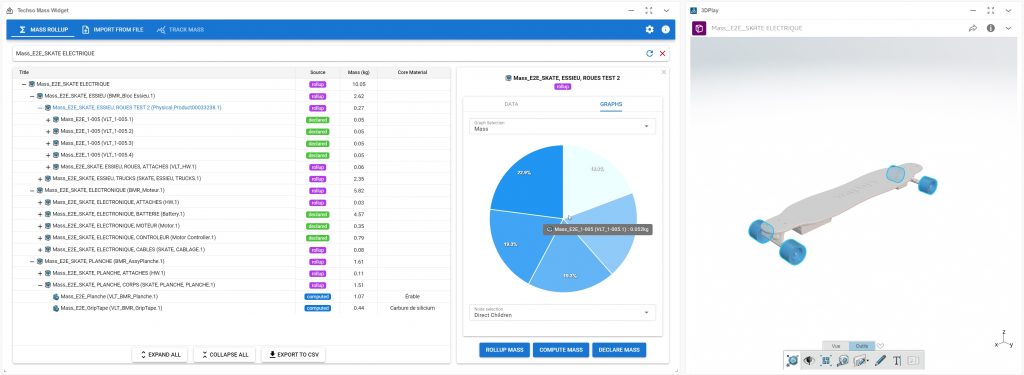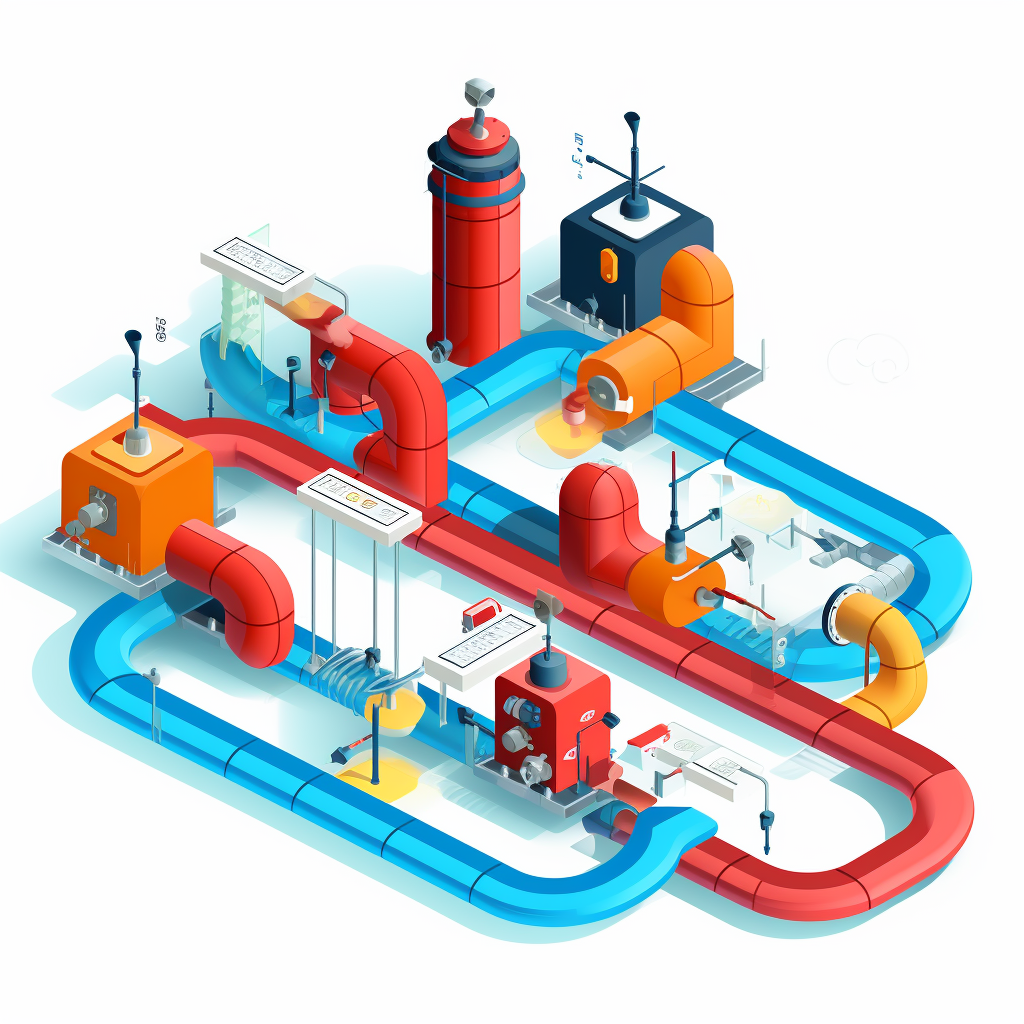Apple’s recent WWDC (June 2017) put forward the democratization of augmented reality.
The opening of ARKit to developers and the integration in the operating systems gives a new push to this technology already present on many platforms. The number of Apple devices (1 billion active devices in 2017) around the world and its media weight are driving this technology into every home. Pokemon Go had already given a first glimpse to Apple users of the potential for this technology.
What exactly are the differences between these terms?
In order to be well understood, these terms deserve some extra explanations.
Virtual Reality is a total immersion in a 3D environment, video games are a great example. We enter a universe simulated by the computer which is visible all around us.
Augmented Reality allows the integration of a virtual object to a real environment: for example, the insertion of a 3D cup on the real table, as seen in Apple’s presentation.
Both terms are capped by the more general concept of Immersive Virtuality (IV).
How the industry can benefit
This technology has a good media visibility thanks to products created by the giants of Silicon Valley and Asia. But as the technology gets more mature, all industries and service companies will be able to benefit from it, from manufacturing, consumer goods and health firms.
Examples in the naval industry
Today, the uses of these technologies are diverse, and Virtual Reality is used as soon as the initial design of ships in shipyards. The first boat manufactured (n1 of a series) is a prototype but also a ship delivered / sold. Virtualization allows you to anticipate, modulate, minimize risks and reduce future maintenance costs. Analysis made upstream of manufacturing is an asset for future modifications.
A ship must be flexible and must be operated at maximum capacity throughout its life. A redevelopment of security systems, armaments or life modules are necessary. The French aircraft carrier Charles-de-Gaules is presently in this configuration: the VR makes it possible to anticipate the passages of these new elements but also to project the owner or the buyer in its new environment in order to appreciate its disposition.
Augmented reality is also integrated into the processes, especially in terms of security. The operator can see on his/her screen the indications for facilitated channel navigation, the reefs or the submarine mountains. These are integrated and come from the sensors of the ship (radars, sonars, navigation systems, etc.), technology called “heads-up display” in the automobile industry.
Another great area benefiting from these innovations: health industry. The technology is used as part of remote medical procedures, but can also be useful against phobia treatments (facing a virtual spider is easier), or for stroke victims – a technique called “trick the brain”.
These new tools open up astonishing perspectives. As we have well understood, this sector is very dynamic with more and more players. Goldman Sachs expects sales to be $80 billion by 2025, for Immersive Virtuality (IV) ($45 billion in equipment and $35 billion in software).
IV is one of the technological elements of the 4th industrial revolution, the “factory of the future”. All these technologies have in common “data” to design, use, manage in time and store. PLM is therefore a cornerstone of this revolution.
As support is necessary to understand and benefit from these technologies, Techso’s expertise 3DExperience and other PLM solutions can be of great assistance to you. Techso is on the lookout for these ever-changing technologies.



